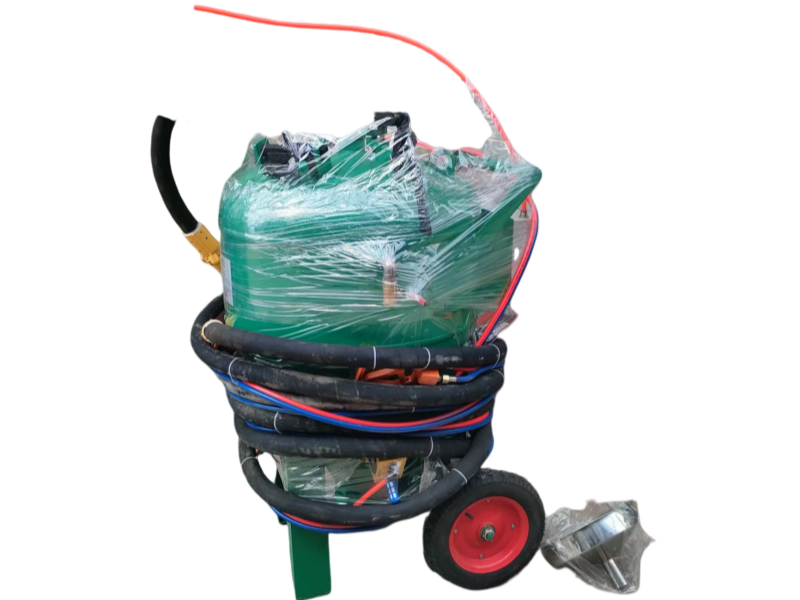

MIZHI
TECHNOLOGY
Hotline
+86-136-8495-9862

Type of Sandblaster
1.Pressure Pot Sandblasters: These are more efficient and powerful, suitable for heavy-duty tasks.
2.Gravity Fed Sandblasters: These are easier to use and more portable, ideal for smaller projects.
3.Siphon Sandblasters: These are less expensive but may require more maintenance.
Main Uses
Dustless sandblasters are widely used across various industries for the following purposes:
1.Surface Cleaning: Removing rust, paint, and other contaminants from metal surfaces.
2.Surface Preparation: Preparing surfaces for painting or coating by creating a rough texture that enhances adhesion.
3.Rust Removal: Quickly and effectively removing rust from metal surfaces, achieving high cleaning quality (up to Sa3 grade).
4.Paint Stripping: Removing multiple layers of paint from various materials.
5.Old Machinery Renovation: Suitable for the renovation of old machinery, restoring surfaces to a like-new condition.
6.Precision Parts Finishing: Used for the finishing of high-precision and complex-shaped parts that are difficult to process by other methods.



A dustless water sand blasting pot, also known as a wet blast pot, works on the principle of combining water with abrasive media and using compressed air to propel the mixture onto a surface at high speed to achieve cleaning, stripping or other surface preparation tasks. Here's a detailed explanation of its working principle:
Blasting Process
1.When the air compressor starts working, it pressurizes the blast pot and generates a stream of high-pressure air. This high-pressure air flows into the blast pot and mixes with the abrasive media and water.
2.The abrasive media and water form a slurry-like mixture. The high-pressure air acts as the propelling force, carrying the mixture through the blast hose and out of the nozzle at high speed.
3.As the mixture strikes the surface to be treated, the water in the system plays a crucial role. It helps to cushion the impact of the abrasive media on the surface, reducing friction and heat generation. This prevents damage to delicate materials like metal or fiberglass and avoids warping caused by excessive heat.
4.The water also effectively captures and suppresses dust particles produced during the blasting process. When the abrasive media impacts the surface and breaks apart or grinds the contaminants, the dust particles are surrounded and bound by the water, preventing them from becoming airborne. This significantly reduces dust pollution in the surrounding environment and minimizes the risk of dust-related health problems for operators and nearby personnel.